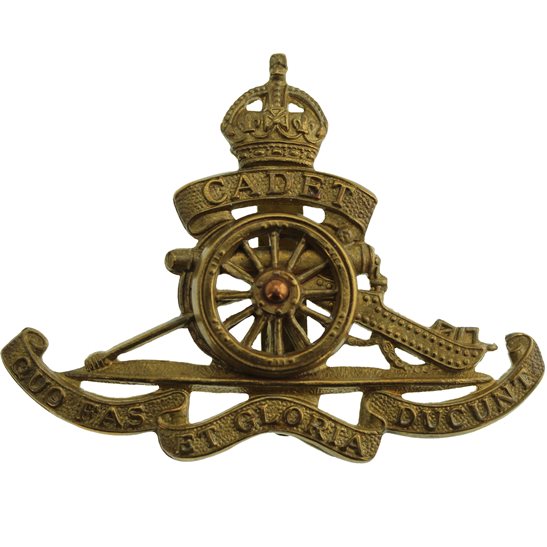Personal Details
Born: 25 October 1876 in Tattenhall, Cheshire.
Family: He was the youngest of six children of John Hodkinson, a railway platelayer, and his wife Ann. He married Mary Jane Roberts on 29 May 1912 at St Alkmund’s Church in Whitchurch, Shropshire and together they had three children – Elizabeth Nancy, John Charles and Gladys Mary.
Residence: In 1881 he was living with his family at Mill bank Cottage, Tattenhall; by 1891 they had moved to Tattenhall Lane, Tattenhall. In 1901 he lived at The Slatter, Broxton, Cheshire moving to Burwardsley Road, Tattenhall by 1911. From 1919 until his death he lived with his wife and children at 6 Brownlow Street, Whitchurch.
Employment: In 1891 he was a butcher’s servant; in 1901 and 1911 a groom. His occupation was an iron roofer in 1939.
Died: In 1954 in Whitchurch and was buried on 2 February that year in Whitchurch cemetery. His age was recorded as 76 but should have been a year older.
Military Details
Regiment: Royal Field Artillery
Rank: Gunner
Service Number: 172112
Date of Enlistment: 10 December 1915
Date of Discharge: 1 October 1919
Reason for Discharge: Demobilisation
Other Information: Served in Greece, Egypt and Palestine. Was torpedoed in the Mediterranean. He was on the troopship SS Cestrian which was sunk by the German submarine UB-42. Three crew members were killed. An edition of The Preston Herald dated 11th August 1917 contains a detailed survivor’s account.
John was awarded the Campaign Medals (British War Medal and Victory Medal).

The British War Medal (also known as 'Squeak') was a silver or bronze medal awarded to officers and men of the British and Imperial Forces who either entered a theatre of war or entered service overseas between 5th August 1914 and 11th November 1918 inclusive. This was later extended to services in Russia, Siberia and some other areas in 1919 and 1920. Approximately 6.5 million British War Medals were issued. Approximately 6.4 million of these were the silver versions of this medal. Around 110,000 of a bronze version were issued mainly to Chinese, Maltese and Indian Labour Corps. The front (obv or obverse) of the medal depicts the head of George V. The recipient's service number, rank, name and unit was impressed on the rim.
The Allied Victory Medal (also known as 'Wilfred') was issued by each of the allies. It was decided that each of the allies should each issue their own bronze victory medal with a similar design, similar equivalent wording and identical ribbon. The British medal was designed by W. McMillan. The front depicts a winged classical figure representing victory. Approximately 5.7 million victory medals were issued. Interestingly, eligibility for this medal was more restrictive and not everyone who received the British War Medal ('Squeak') also received the Victory Medal ('Wilfred'). However, in general, all recipients of 'Wilfred' also received 'Squeak' and all recipients of The 1914 Star or The 1914/1915 Star (also known as 'Pip') also received both 'Squeak' and 'Wilfred'. The recipient's service number, rank, name and unit was impressed on the rim.

